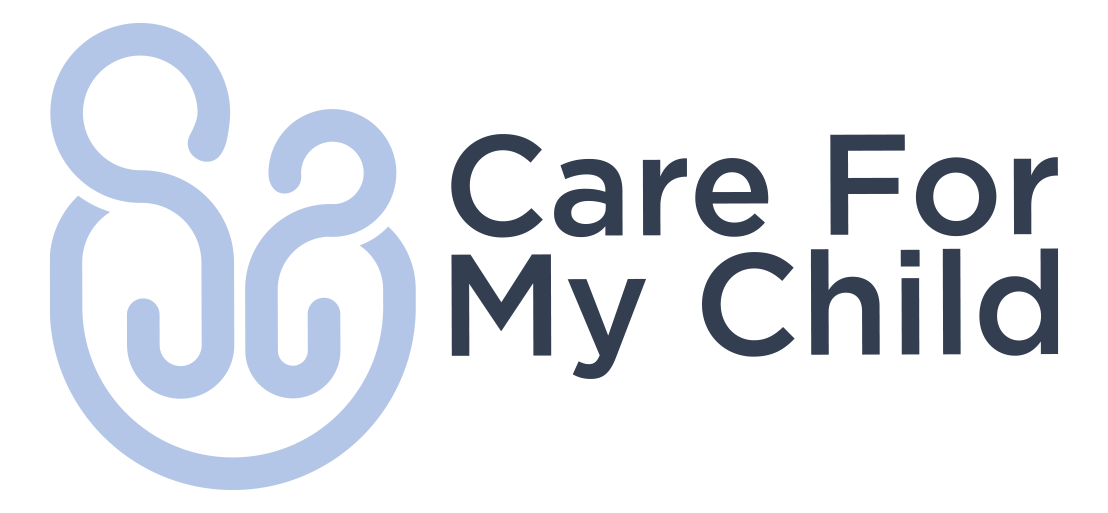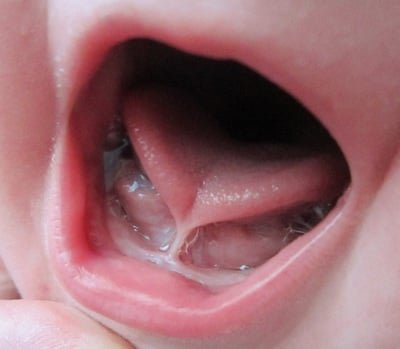Unleashing the Freedom: All You Need to Know about Tongue Tie and it’s Release
Introduction:
Parenthood is a beautiful journey filled with countless joys and challenges. One common challenge that parents may encounter is “tongue tie”, a condition where the tongue's movement is restricted due to a tight or thick band of tissue, called the lingual frenulum. Fortunately, there's a solution known as tongue tie release that can provide freedom and ease for both babies and parents. In this blog, we'll explore everything you need to know about tongue tie release, from understanding the condition to the benefits of the procedure. So, let's dive in and discover the world of tongue tie release!
What is Tongue Tie?
Tongue tie, medically referred to as ankyloglossia, is a condition characterised by the lingual frenulum, the tissue that connects the underside of the tongue to the floor of the mouth, being unusually short, tight, or thick. This limitation in tongue mobility can pose challenges for infants, making it difficult for them to latch onto the breast or bottle effectively, thereby affecting their feeding and, in some cases, their later speech development. The precise origins of this condition remain a subject of ongoing investigation, with research on its causes and management steadily increasing. Furthermore, it is worth noting that tongue tie tends to be more prevalent in boys, can run in families, and has been linked to genetic factors.
Symptoms:
Symptoms of tongue tie can vary, but can include:
Difficulty lifting the tongue to the upper teeth or moving the tongue from side to side
Trouble sticking out the tongue past the lower front teeth
Tongue is notched/forked/heart-shaped when stuck out
Inability to latch or shallow latching during feeding
Frustration with trying to latch or pulling off
Chewing on the nipple during feeding
Clicking or smacking sounds when feeding (due to poor seal)
Reflux or gulping of air
Increased feedings
Poor weight gain
What is Posterior tongue-tie?
Often babies and children go undiagnosed or said to have a “mild tie” when actually the restriction is further back underneath the tongue. This type of tongue-tie is often overlooked as the tongue can be stuck out but doesn’t raise up to touch the hard palate.
Latching and feeding issues:
Feeding problems can be as a result of a wide variety of reasons, not just tongue-tie. It's important to rule out other causes as well as having a tongue-tie assessment. Some examples of other issues could be:
Poor positioning
Breast engorgement
Lack of milk
Small lower jaw
Infection
Jaundice
Tongue Tie Release: The Key to Freedom
Tongue tie release, also known as frenotomy or frenuloplasty, is a simple and safe procedure performed by medical professionals. During the procedure, the tight or thick frenulum is gently snipped or lasered, allowing the tongue to move freely and function properly. This quick and virtually painless intervention can make a world of difference for both babies and parents.
Benefits of Tongue Tie Release:
Improved Feeding Experience: One of the primary benefits of tongue tie release is improved feeding for infants. With a released tongue tie, babies can latch more effectively, leading to better milk transfer, reduced nipple pain for mothers, and increased overall feeding satisfaction.
Enhanced Speech Development: As children grow, tongue tie release can prevent potential speech impediments caused by restricted tongue movement. By allowing the tongue to move freely, children can develop clearer speech patterns and articulate words more effectively.
Improved Oral Health: Tongue tie release can contribute to better oral health by enabling proper tongue movement. A mobile tongue helps in clearing food debris, reducing the risk of cavities, gum disease, and other dental issues.
Reduced Discomfort: In some cases, tongue tie can cause discomfort for both infants and adults. Releasing the tongue tie can alleviate discomfort, such as tension in the jaw, difficulty swallowing, and issues related to tongue mobility.
Positive Impact on Breastfeeding: Tongue tie release can significantly impact breastfeeding success. By allowing babies to latch deeply and effectively, mothers may experience improved milk supply, reduced nipple pain, and a more enjoyable nursing journey.
Aftercare and Rehabilitation:
After the tongue tie release procedure, your doctor/feeding specialist will guide you on proper aftercare. These will include maintaining good oral hygiene, ensuring proper feeding techniques and if an older child exercises to optimise tongue mobility. Follow-up appointments with the team will help monitor progress and address any concerns.
Consultation and Support:
If you suspect that your baby has tongue tie or are experiencing challenges related to breastfeeding or speech development, it's essential to consult with healthcare professionals specialising in tongue tie diagnosis and release. They can provide accurate assessments, guide you through the process, and offer the necessary support and resources for a successful outcome.
Conclusion:
Tongue tie release can be a life-changing procedure for babies and their families, bringing freedom, improved feeding experiences, and enhanced speech development. By understanding the condition, seeking professional advice, and considering the benefits of tongue tie release, parents can empower themselves to make informed decisions about their child's health and well-being. Remember, you're not alone on this journey—reach out to healthcare professionals who can provide the guidance and support you need.
Further reading and resources:
Want to see a Specialist?
At our Well Baby Clinic, you will be assessed, advised and supported by all the specialists you could need, and if your child has a tongue tie this can be easily, safely and effectively released in clinic or theatres depending on the child’s age and type of tongue tie. We have the newest technologies including a CO2 Laser to precisely release the tongue tie with the most minimal surrounding tissue damage.






